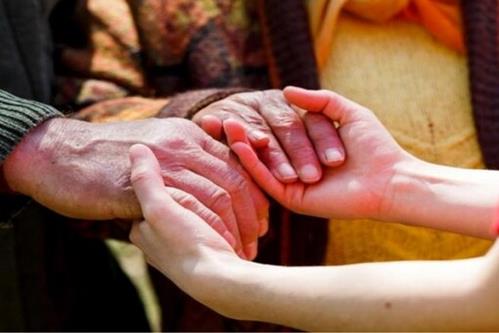
CRISPR Tech Finds Key Genes Behind Parkinson’S Disease
More than 10 million people worldwide are living with Parkinson's disease. It is the second-most common neurodegenerative disease after Alzheimer's disease.
Researchers have long been investigating why some people carrying pathogenic variants go on to develop Parkinson's, while others who also carry such variants do not. The prevailing theory has suggested additional genetic factors may play a role.
The study, published in the journal Science, identifies a new set of genes and cellular pathway that play a role in the risk of developing Parkinson's disease.
The scientists from Northwestern University searched the entire human genome using CRISPR interference technology.
They discovered that a group of 16 proteins, called Commander, comes together to play a previously unrecognised role in delivering specific proteins to the lysosome -- a part of the cell that acts like a recycling centre -- breaking down waste materials, old cell parts and other unwanted substances.
“Our study reveals that a combination of genetic factors plays a role in the manifestation of diseases like Parkinson's disease, which means that therapeutic targeting of several key pathways will have to be considered for such disorders,” said Dr. Dimitri Krainc, chair of Davee department of neurology and director of the Feinberg Neuroscience Institute at the varsity.
Instead of studying tens of thousands of patients, which could be challenging and costly, the team resorted to CRISPR.
“We used a genome-wide CRISPR interference screen to silence each of the protein-coding human genes in cells and identified those important for PD pathogenesis,” Krainc said.
By examining the genomes from two independent cohorts the scientists found loss-of-function variants in Commander genes in people with Parkinson's compared to those without it.
“This suggests that loss-of-function variants in these genes increase Parkinson's disease risk,” Krainc said.

Legal Disclaimer:
MENAFN provides the
information “as is” without warranty of any kind. We do not accept
any responsibility or liability for the accuracy, content, images,
videos, licenses, completeness, legality, or reliability of the information
contained in this article. If you have any complaints or copyright
issues related to this article, kindly contact the provider above.






















Comments
No comment